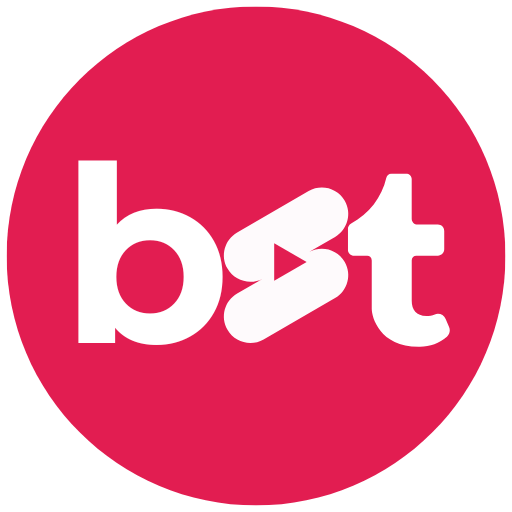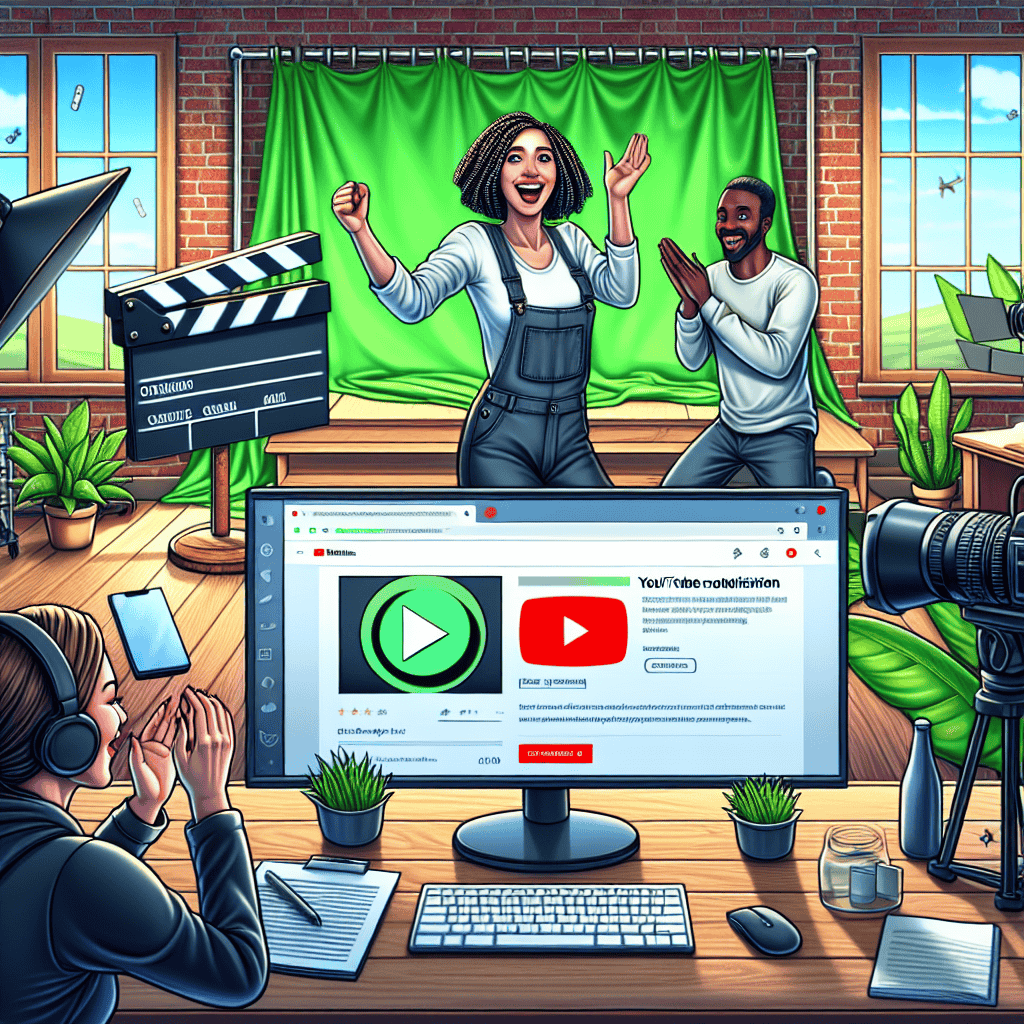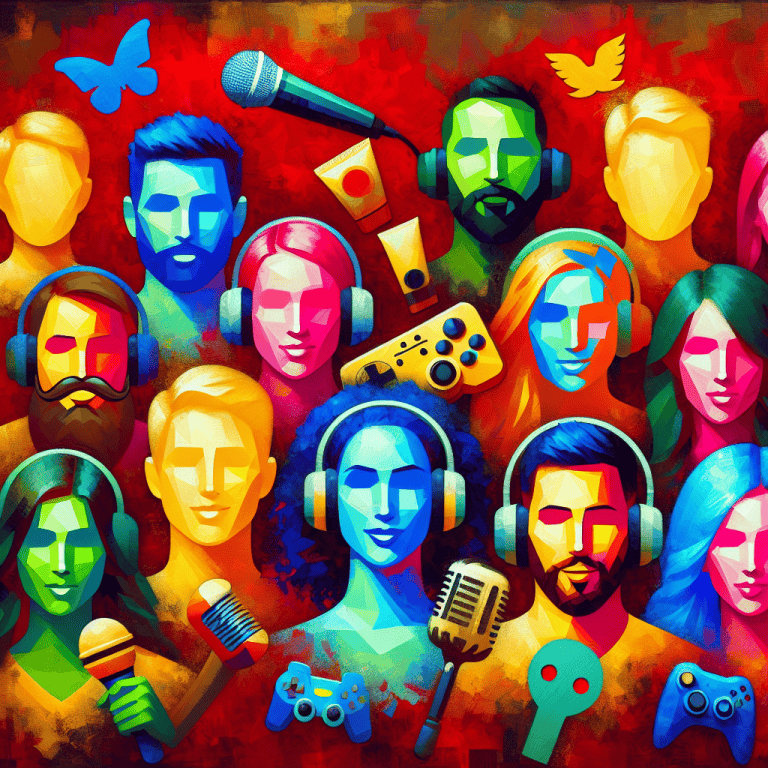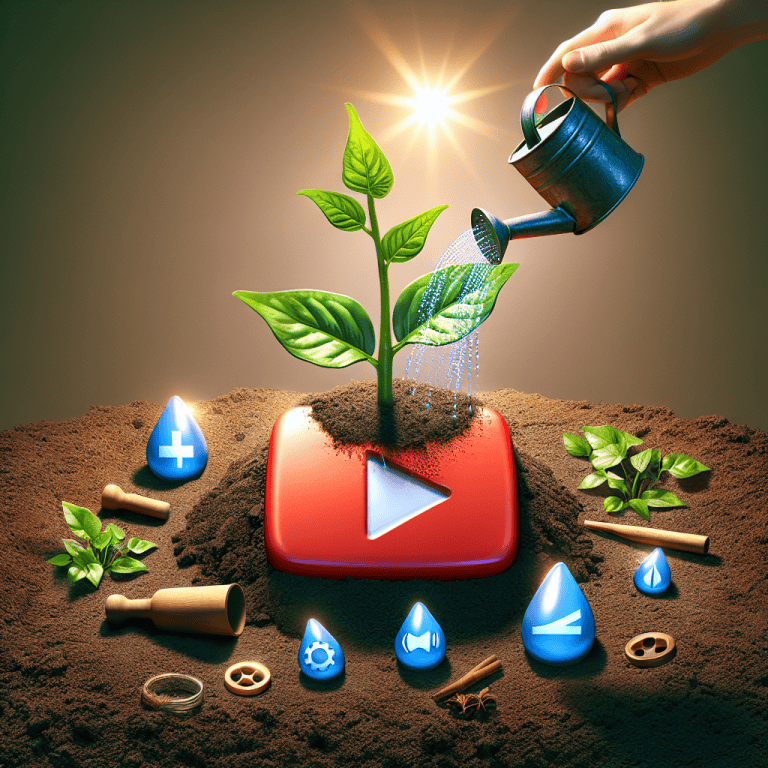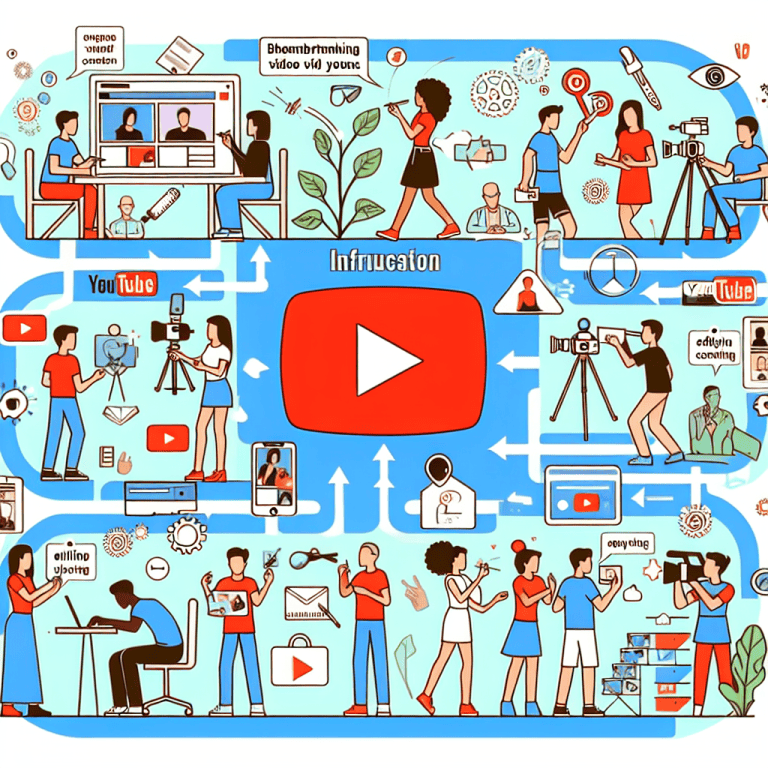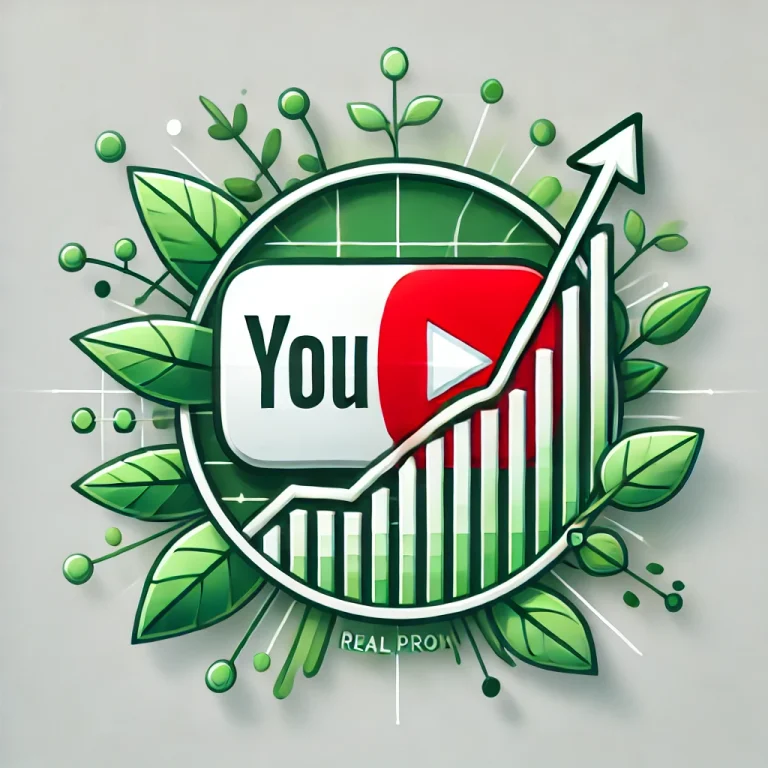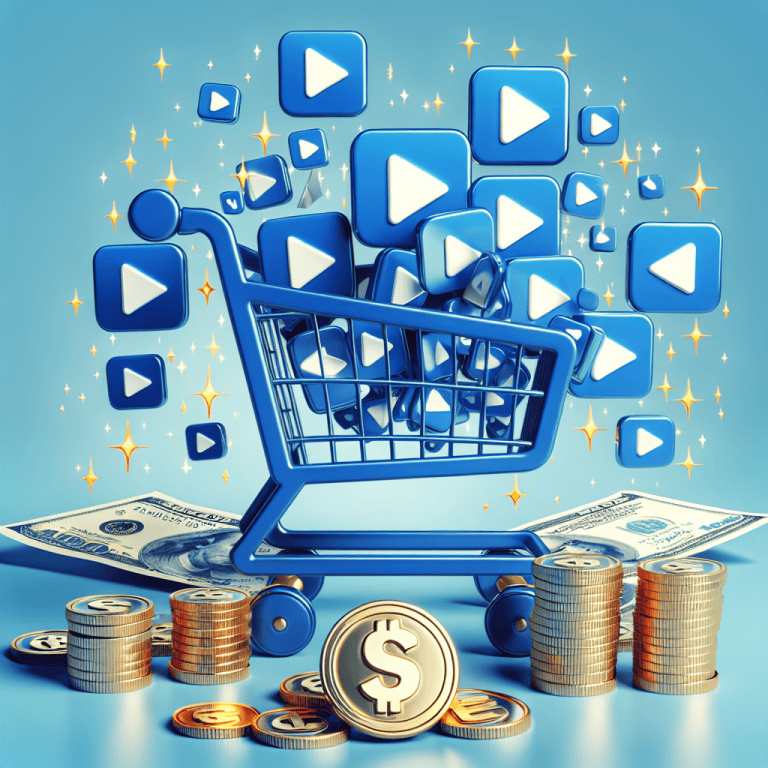The Path to Profits: How To Monetize a Youtube Channel
How to Monetize a YouTube Channel
For video content creators aiming to transform their creative passion into a lucrative business, monetizing a YouTube channel is a pivotal step.
By understanding the requirements and guidelines, creators can strategically position themselves to earn revenue from their content on this dynamic platform.
YouTube Partner Program (YPP) Requirements
Joining the YouTube Partner Program (YPP) is a fundamental move for creators who wish to access monetization features on YouTube. The YPP has specific eligibility thresholds that must be met:
- A minimum of 1,000 subscribers.
- At least 4,000 valid public watch hours over the last 12 months, or 10 million valid public Shorts views in the last 90 days for channels focusing on short-form content.
The following table summarizes the requirements:
| Requirement | Criteria |
|---|---|
| Subscribers | 1,000 |
| Watch Hours (12 months) | 4,000 |
| Shorts Views (90 days) | 10 million |
Source: YouTube Help
After meeting these criteria, creators can apply to the program and, once accepted, unlock various monetization features, such as ad revenue, Super Chat, and channel memberships.
However, it’s crucial to maintain an active status on the platform; channels that have not uploaded or posted community posts for 6 months or more risk having their monetization privileges revoked.
For those interested in how to become a youtube influencer, reaching and maintaining these requirements is key, as is growing your youtube channel and gaining subscribers on youtube.
Advertiser-Friendly Content Guidelines
Creating advertiser-friendly content is essential for monetizing a YouTube channel. Advertisers are inclined to invest in content that reflects positively on their brands, thus YouTube enforces guidelines to ensure that the videos are appropriate for a wide audience.
Here are some considerations for creating content that adheres to these guidelines:
- Avoid excessive profanity or vulgar language.
- Steer clear of controversial or sensitive subjects, including events related to war, political conflicts, or extremism.
- Ensure that content does not promote harmful or dangerous behaviors.
YouTube emphasizes that even if a channel is not part of YPP, ads can still run on the content, but the creator will not receive a share of the ad revenue if they’re not in the program.
If a channel loses monetization due to policy violations, it forfeits the ability to earn money from ads, no matter the watch hours or subscriber count. Creators who later rejoin YPP can start earning revenue again, provided they meet the eligibility criteria at the time of rejoining.
For more insights on creating content that attracts both subscribers and advertisers, consider exploring youtube content creation ideas.
Revenue Share Rates and Monetization Features
For video content creators looking to turn their passion into profit, understanding the revenue share rates and monetization features of YouTube is essential. These features enable creators to earn money from their content in various ways.
Let’s delve into three key modules provided by YouTube for monetizing a channel: the Commerce Product Module, the Watch Page Monetization Module, and the Shorts Monetization Module.
Commerce Product Module
The Commerce Product Module is a monetization feature that allows content creators to engage with their audience through fan funding. This includes channel memberships, Super Chat, Super Stickers, and Super Thanks. According to YouTube Support, when a creator turns on these features, YouTube pays them 70% of the net revenues generated from these sources.
This module is particularly beneficial for creators who have built a strong rapport with their audience. It enables fans to support their favorite creators directly, making it a personal and interactive way to contribute financially.
| Feature | Revenue Share |
|---|---|
| Channel Memberships | 70% |
| Super Chat | 70% |
| Super Stickers | 70% |
| Super Thanks | 70% |
Creators who have previously signed the Commerce Product Addendum do not need to sign the new module to continue earning through these features.
Watch Page Monetization Module
The Watch Page Monetization Module pertains to the ad revenue earned from ads displayed on public videos. Creators in the YouTube Partner Program (YPP) receive 55% of net revenues generated from these ads, whether the videos are streamed on YouTube itself or on other websites and applications through embedded players. This revenue share rate is a standard offering for partners within the YPP (YouTube Support).
| Source | Revenue Share |
|---|---|
| Ads on Public Videos | 55% |
This module is a cornerstone of YouTube monetization and is often the first revenue stream creators will encounter when growing their YouTube channel.
Shorts Monetization Module
With the growing popularity of short-form content, YouTube introduced the Shorts Monetization Module. This feature allows creators to earn revenue from ads viewed between videos in the Shorts Feed. Creators will share in the ad revenue starting from the date of acceptance of this module. It’s a new avenue for monetization that caters to the format of short, catchy videos that have become a staple for many youtube content creation ideas (YouTube Support).
Understanding and utilizing these monetization modules effectively can significantly impact a creator’s earnings. By leveraging the Commerce Product Module, the Watch Page Monetization Module, and the Shorts Monetization Module, creators can diversify their income streams and optimize their earning potential.
For those embarking on the journey of monetizing a YouTube channel, familiarizing oneself with these monetization features is a crucial step towards achieving financial success on the platform.
Revenue Streams Beyond Ad Revenue
While ad revenues can be a significant source of income for YouTube influencers, diversifying revenue streams is crucial for long-term financial stability. Here, we explore alternative monetization opportunities available to video content creators on YouTube.
Fan Funding Features
Fan funding allows viewers to directly support their favorite creators through financial contributions. YouTube’s Commerce Product Module offers various fan funding options, such as channel memberships, Super Chat, Super Stickers, and Super Thanks. When a creator enables these features, they receive 70% of the net revenues generated.
| Fan Funding Feature | Revenue Share |
|---|---|
| Channel Memberships | 70% |
| Super Chat | 70% |
| Super Stickers | 70% |
| Super Thanks | 70% |
For creators looking for direct support with no platform fees, services like Ghost are an attractive option. The platform has gained traction among creators for its 0% fee policy, allowing them to keep all the revenue they generate from fan donations.
YouTube Premium
YouTube Premium is a paid membership that provides an ad-free experience across all of YouTube, along with other benefits like video downloads and background playback.
Creators who monetize their content through ads continue to earn revenue when YouTube Premium members watch their videos. The payment to creators is based on how much Premium members watch their content.
Thus, creating engaging videos that retain viewers’ attention can lead to increased earnings from YouTube Premium subscribers.
YouTube BrandConnect
YouTube BrandConnect is a platform that facilitates collaborations between brands and creators, enabling sponsored content campaigns. This service, available in the U.S., Canada, and the U.K., allows creators to partner with brands that resonate with their channel’s audience.
By producing authentic and creative sponsored content, influencers can monetize their channels beyond traditional ad revenues.
| Service | Availability |
|---|---|
| YouTube BrandConnect | U.S., Canada, U.K. |
These alternative revenue streams provide creators with the flexibility to monetize their channels in ways that best suit their content and audience.
By leveraging fan funding, YouTube Premium, and YouTube BrandConnect, creators can develop a more robust and diversified income.
To learn more about becoming a successful influencer and growing your YouTube channel, be sure to check out our comprehensive guides on how to become a YouTube influencer, gaining subscribers on YouTube, and discovering fresh YouTube content creation ideas.
Understanding Revenue Metrics
For video content creators aiming to make money on YouTube, understanding revenue metrics is essential. Two key metrics to keep an eye on are Revenue Per Mille (RPM) and Cost per 1,000 Impressions (CPM).
These metrics provide insights into the earnings from your YouTube channel and help you gauge the effectiveness of your monetization strategies.
Revenue Per Mille (RPM)
Revenue Per Mille (RPM) represents the amount of money you have earned per 1,000 video views on your channel. It is calculated based on several revenue sources, including ads, channel memberships, YouTube Premium revenue, Super Chat, and Super Stickers. RPM provides a broad overview of your revenue performance (YouTube Support).
However, RPM does not break down which revenue source is impacting your overall earnings, as it combines several metrics into one. This means while RPM can indicate fluctuations in income, it cannot pinpoint the exact cause of those changes. For a deeper dive into the sources of your YouTube channel’s revenue, you’ll need to analyze each monetization stream individually.
| Views | Estimated Monetized Playbacks | RPM |
|---|---|---|
| 1,000 | 800 | $4.00 |
*Example RPM calculation for illustrative purposes.
To learn more about how to maximize your earnings and become a successful YouTube influencer, understanding the intricacies of RPM is a key step.
Cost per 1,000 Impressions (CPM)
Cost per 1,000 Impressions (CPM) is the metric that shows how much advertisers are willing to pay for their ads to be displayed on YouTube. Unlike RPM, CPM focuses solely on ad revenue and is calculated by the amount advertisers spend for 1,000 ad impressions on your videos. Different CPM metrics exist in YouTube Analytics, each providing a different perspective on ad performance (YouTube Support).
For example, if a video has 10 views and 8 of those views include ads, you would have 10 views and 8 estimated monetized playbacks. If one of those monetized playbacks included 2 ads, this would result in 9 ad impressions. It’s important to note that not every view on YouTube will have an associated ad. Reasons for views not having ads include user ad blockers, non-skippable ad limits, or the viewer being a YouTube Premium subscriber.
| Views | Estimated Monetized Playbacks | Ad Impressions | CPM |
|---|---|---|---|
| 10 | 8 | 9 | $10.00 |
*Example CPM calculation for illustrative purposes.
Understanding CPM is crucial for growing your YouTube channel and optimizing your content for better ad revenue. Since not all views have ads, focusing on gaining subscribers on YouTube and creating engaging content that attracts a higher number of monetizable views is key. For content inspiration, check out our YouTube content creation ideas.
By mastering these revenue metrics, you can strategically enhance your YouTube channel’s earning potential, ensuring that your passion for video creation is also a viable financial endeavor.
Alternative Revenue Strategies
Expanding beyond traditional ad revenue can be a game-changer for YouTubers looking to diversify their income streams. Alternative revenue strategies enable creators to monetize their brand and content in innovative ways that can lead to more stable and potentially lucrative earnings. Let’s delve into some strategies that can help YouTubers take their monetization to the next level.
Merchandise and Physical Products
Merchandising is a powerful way to monetize a YouTube channel. It allows creators to design and sell branded merchandise, such as apparel, accessories, and other physical products. Tools like Spring facilitate the process by providing a platform to print channel logos on a variety of items. Moreover, YouTube’s merch shelf feature integrates with platforms like Spreadshop, Spring, and Suzuri, enabling creators to showcase their products directly beneath their videos. This not only taps into the loyalty of subscribers but also gives fans a way to support their favorite creators while receiving tangible value in return (Ghost).
Having a merchandise line requires strategic planning and promotion. To learn more about building a brand and growing your YouTube channel, check out our resources.
Direct Support Platforms
For creators seeking a more personal connection with their audience, direct support platforms offer an excellent opportunity to foster a community of patrons. Sites like Patreon and YouTube memberships have witnessed a surge in popularity as content creators, such as Gone with the Wynns, leverage the support of their viewers to fund their content creation. Additionally, platforms like Ghost, which do not take a cut of the earnings, are increasingly preferred by creators for direct support (Ghost).
Direct support not only provides financial backing but also strengthens the relationship between creators and their audience. To explore ways to engage with your audience and enhance the direct support strategy, visit our guide on gaining subscribers on YouTube.
Repurposing Content
Creators can maximize their content’s potential by repurposing it into different formats, thereby reaching wider audiences and opening new revenue paths. For instance, a video can be transformed into blog posts, e-books, or podcast episodes. Shelby Church, a YouTube creator, has successfully repurposed her video content, extending her reach and monetization opportunities beyond the platform. Tools like Descript can simplify this process by automatically generating podcast audio and written transcripts from video files, making it more manageable for creators to produce multi-format content (Ghost).
Repurposing content not only appeals to different audience preferences but also provides more touchpoints for monetization. For inspiration and tips on content creation, check out our article on YouTube content creation ideas.
Diversifying revenue streams through merchandise sales, direct support, and repurposing content can help YouTubers build a more resilient and profitable channel. These strategies complement each other and can be interwoven with traditional monetization methods to create a comprehensive income-generating ecosystem. As the digital landscape evolves, so do the opportunities for creative monetization—positioning savvy YouTubers to reap the benefits of their hard work.
Maintaining Monetization Eligibility
For video content creators eyeing the lucrative potential of monetizing a YouTube channel, maintaining eligibility for the YouTube Partner Program (YPP) is a critical step. This section will guide you through the application process, how to handle rejections, and the requirements for keeping your channel active and eligible for monetization.
YPP Application Process
Joining the YouTube Partner Program is a milestone for many creators. To apply, you must meet specific eligibility thresholds. These include having at least 1,000 subscribers and accumulating either 4,000 valid public watch hours in the last 12 months or acquiring 10 million valid public Shorts views in the last 90 days (YouTube Help).
Once these conditions are met, you can apply for YPP through your YouTube account. The review process includes an examination of your entire channel’s content to ensure it adheres to YouTube’s policies and guidelines. It’s vital to consistently produce content that aligns with YouTube’s advertiser-friendly content guidelines to avoid any delays or rejections in the application process.
YPP Application Rejections and Re-Applications
If your application is rejected, it’s typically due to policy violations or not meeting the program’s requirements. YouTube will provide the reason for rejection, allowing you to make the necessary adjustments. After addressing the issues, you can reapply after 30 days. It’s essential to carefully review and understand YouTube’s guidelines to avoid repeated rejections.
Creators who have their monetization disabled due to policy violations will lose the ability to earn ad revenue, regardless of watch hours and subscriber count. However, if they manage to grow their YouTube channel and abide by the guidelines, they can reapply to YPP and, upon acceptance, start earning a share of the ad revenue once more (YouTube Help).
Active Channel Requirements
To retain monetization privileges, your channel must remain active. This means consistently uploading new videos or making posts in the Community tab. Channels that have not uploaded a video or posted in the Community for more than six months may be deemed inactive, and their monetization capabilities can be revoked (YouTube Help).
Active engagement with the audience, such as gaining subscribers on YouTube, is equally important. It’s a sign to YouTube that your channel is still relevant and provides value to viewers. Therefore, continue to devise and implement strategies for engaging content and audience growth to maintain eligibility for monetization.
By adhering to the YPP’s guidelines, understanding the application process, and keeping your channel active, you can ensure a steady path toward monetizing your YouTube channel and tapping into the various revenue streams it offers.
